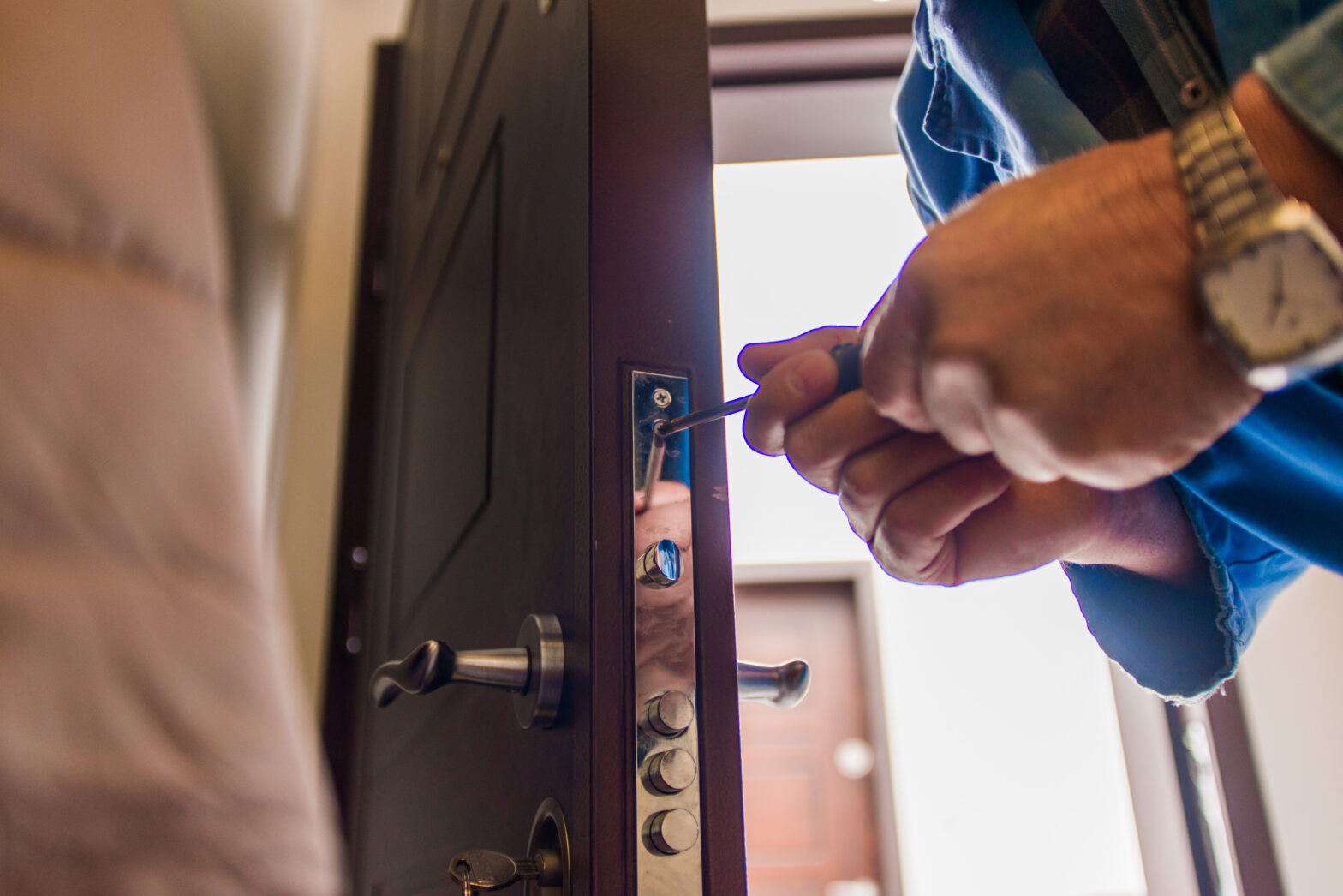Yes, indeed In Palm Beach, FL it is feasible to change the key of a lock without having the one. This process involves modifying the components of the lock so that it can work with a key. A locksmith in Palm Beach has the expertise to carry out this task effectively without requiring the key.… Continue reading Is it possible to change the key of a lock without having the key, in Palm Beach FL?
Securing Your Spare Key; Clever and Sneaky Places to Improve Home Security, in Palm Beach FL
It’s generally not advisable to stash keys in easily accessible spots as it can jeopardize your homes safety. However if you’re looking for a spot to keep a key here are some ideas to consider Key LockboxOpt for a secure key lockbox with a combination code and place it in a discreet location away from… Continue reading Securing Your Spare Key; Clever and Sneaky Places to Improve Home Security, in Palm Beach FL
How long does it take to change locks on a house?
How Long Does It Take to Change Locks on a House? Changing the locks on your house in Palm Beach, FL can take anywhere from 15 minutes to over an hour — depending on several key factors like the type of locks, the number of doors, and whether you’re doing it yourself or hiring a… Continue reading How long does it take to change locks on a house?
What is The Strongest Lock Type?
In Florida, where property crime rates often exceed the national average, selecting the strongest lock type and brand is a critical part of securing your home or business. Whether you’re in Homestead, Plantation, or Wellington, for anywhere in South Florida, investing in high-quality, tamper-resistant locks offers real protection and peace of mind, something our professional… Continue reading What is The Strongest Lock Type?
DIY Guide: Changing Locks in Homestead, FL for Best Security
If you want to change a lock in Homestead Florida here is what you can do: Identify the Type of LockFirst figure out what kind of lock you have. Common types include deadbolts, knob locks and lever handle locks. Each type may need an approach, for replacement. Get a New LockHead to a hardware store… Continue reading DIY Guide: Changing Locks in Homestead, FL for Best Security
What to do when your door won’t lock?
If your door is not locking properly in Coral Springs, FL you can follow these steps to troubleshoot and fix the issue: If you’re having trouble identifying or fixing the problem it’s an idea to reach out to a locksmith in Coral Springs. Locksmiths are skilled at diagnosing and resolving lock and door related issues.In… Continue reading What to do when your door won’t lock?
How do you open a front door when the mechanism is broken?
If the front door of your house in Coral Springs FL is not working good and you need to get it open here are some steps you can take; Assess the Situation-First take a look at the situation to figure out whats going on. Check if there are any issues with the lock, handle or… Continue reading How do you open a front door when the mechanism is broken?
Locksmith Services Guide for Coral Gables and Miami
When comparing locksmith services in Coral Gables and Miami it’s important to consider factors before making a decision: 1.Location and CoverageFirstly check where the locksmiths operate within Coral Gables and Miami. Some may focus on neighborhoods while others cover an area. 2.Services OfferedLook into the types of services offered by locksmiths in both locations. They… Continue reading Locksmith Services Guide for Coral Gables and Miami
What can I do to get my keys out of my locked car in Coral Gables FL?
Population and Locksmith Demand in Fort Lauderdale, Miami and WPB
here are the approximate population figures for Fort Lauderdale, Miami, and West Palm Beach, along with a mention of the demand for locksmith services without explicitly stating the keyword: Please note that these population figures are approximate and based on data available as of January 2022. Population figures can change, and for the most up-to-date… Continue reading Population and Locksmith Demand in Fort Lauderdale, Miami and WPB


